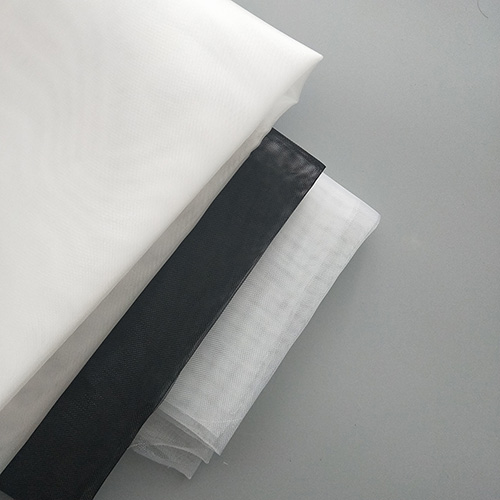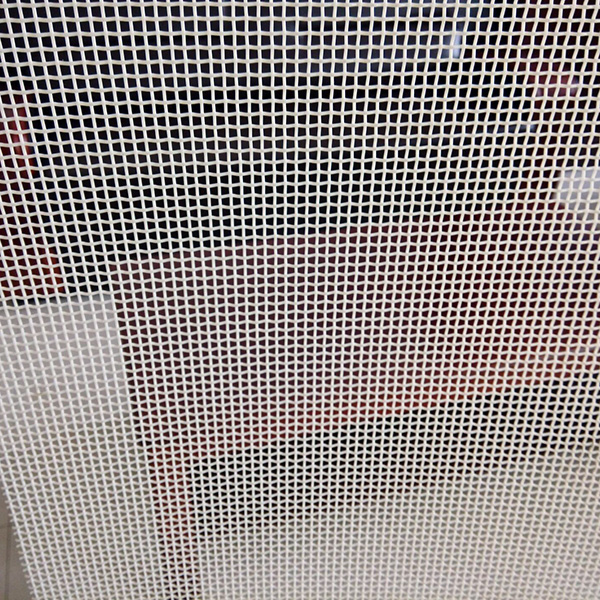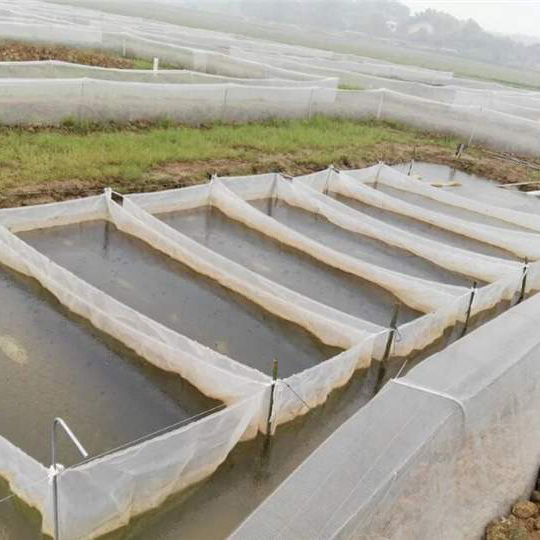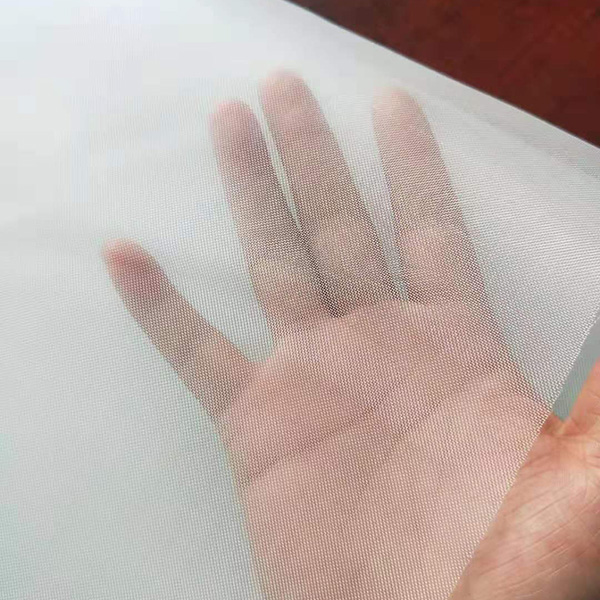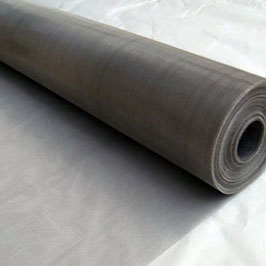Understand the secrets of nylon nets in a single article that you don't know
Nylon is one of the most important engineering plastics of nylon mesh, including aliphatic PA, aliphatic-aromatic PA and aromatic PA.Among them, aliphatic PA has many varieties, large yield and wide application.Fire retardant modification engineers clearly have to know the root of nylon, an important material product.
Commonly used nylons can be divided into two main categories:
One is polyadipate adipamine obtained by condensation of hexanediamine and adipic acid. The chemical structure formula of its long chain molecule is H-[HN(CH2)XNHCO(CH2)YCO]-OH.Its relative molecular weight is generally 17,000-23,000.Different products can be obtained depending on the number of carbon atoms of the dibasic amine and the dibasic acid used and can be distinguished numerically, where the former number is the number of carbon atoms of the dibasic amine and the latter number is the number of carbon atoms of the dibasic acid.For example, nylon 66, which indicates that it is made by condensation of adipamine and adipic acid, and nylon 610, which indicates that it is made from adipamine and sebacic acid.
Plastic raw materials
The other is obtained by caprolactam polycondensation or ring-opening polymerization. The chemical structure formula of the long chain molecule is H-[NH(CH2)XCO]-OH. According to the number of carbon atoms contained in its unit structure, different varieties can be named.Nylon 6, for example, shows that it is obtained by ring-opening polymerization of caprolactam containing six carbon atoms.
The main varieties of nylon are nylon 6 and nylon 66, which are absolutely dominant, followed by nylon 11, nylon 12, nylon 610, nylon 612, and also nylon 1010, nylon 46, nylon 7, nylon 9, nylon 13. New varieties include nylon 6I, nylon 9T and special nylon MXD6 (barrier resin), etc.
There are a large number of modified nylons, such as reinforced nylon, monomer cast nylon (MC nylon), reaction injection moulding (RIM) nylon, aromatic nylon, transparent nylon, high impact (ultra-tough) nylon, electroplated nylon, conductive nylon, flame retardant nylon, nylon blends and alloys with other polymers, which meet different special requirements and are widely used as substitutes for traditional materials such as metals, wood, etc.As a variety of structural materials.
So, how is the commercial product of nylon named? Generally speaking, it uses a combination of letters and numbers.These numbers and letters indicate the chemical composition of the product, melting temperature, viscosity grade, stability, glass fiber content and processing performance.
1st letter: indicates the type of nylon
B = PA6; A = PA66; C = PA66/6 (melting point: 243 C); T = PA6/6 (melting point: 298 C); KR = specially customized products.
Number 1: Viscosity rating
3 = strong fluidity, low melt viscosity, mainly used for injection molding; 35 = low, medium viscosity, used for injection molding, monofilament and film extrusion; 4 = medium viscosity, used for injection molding and extrusion molding.
Letters 2 or 2 and 3: indicating the type of heat stabilizer
E, K = stable, light natural color.It has good tolerance to thermal aging, outdoor environment and hot water, and its insulation performance is not affected; H = has good stable tolerance to thermal aging, outdoor environment and hot water, which is used for engineering parts, and its electrical performance is not affected, natural color; W = stabilized, high thermal aging resistance, only colored and black, which is not suitable for processing parts with high electrical performance requirements.
Plastic
Special properties and additives
HR = improved hydrolysis resistance; L = improved impact performance and stabilization, impact resistance in dry conditions, high fluidity, for rapid production; R = PE improved and stabilization, for high stress parts, low noise, low friction; S = for rapid prototyping, fine crystal structure, for injection molding; U = flame retardant products without red phosphorus; X2 = flame retardant products with red phosphorus;Z = Impulse performance improved and stabilized with good low temperature impact strength (no added product) or improved impact strength (reinforced product).
Enhancement Category
G (additional number) = glass fiber reinforced; C (additional number) = carbon glass fiber reinforced; K (additional number) = glass bead reinforced, stabilized; M (additional number) = mineral filled, stabilized, special products.
Mixtures that provide glass fiber reinforcement
GM (fiberglass/mineral); GK (fiberglass/glass microbeads); Numbers indicate reinforcing material content in order: reinforcing material content (mass fraction): 2 = 10%; 3 = 15%; 4 = 20%; 5 = 25%; 6 = 30%; 7 = 35%; 8 = 40%; 10 = 50%.For example: GM 53 represents 25% glass fiber and 15% mineral, stabilization; GK 24 represents 10% glass fiber and 20% glass microbeads, stabilization.




